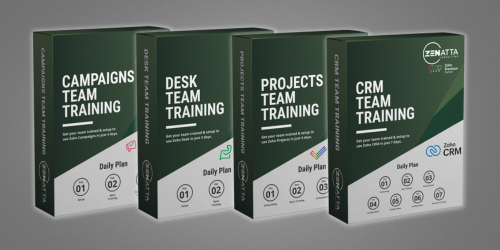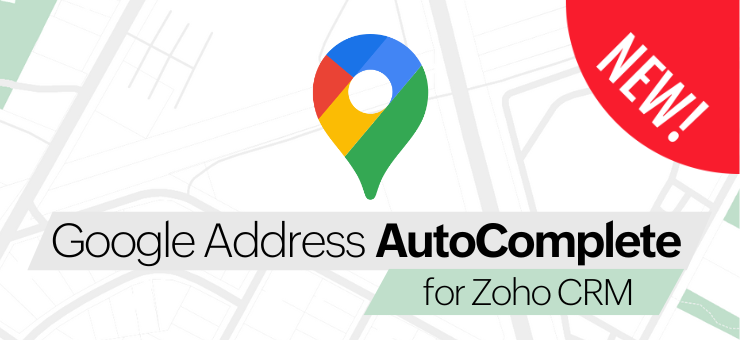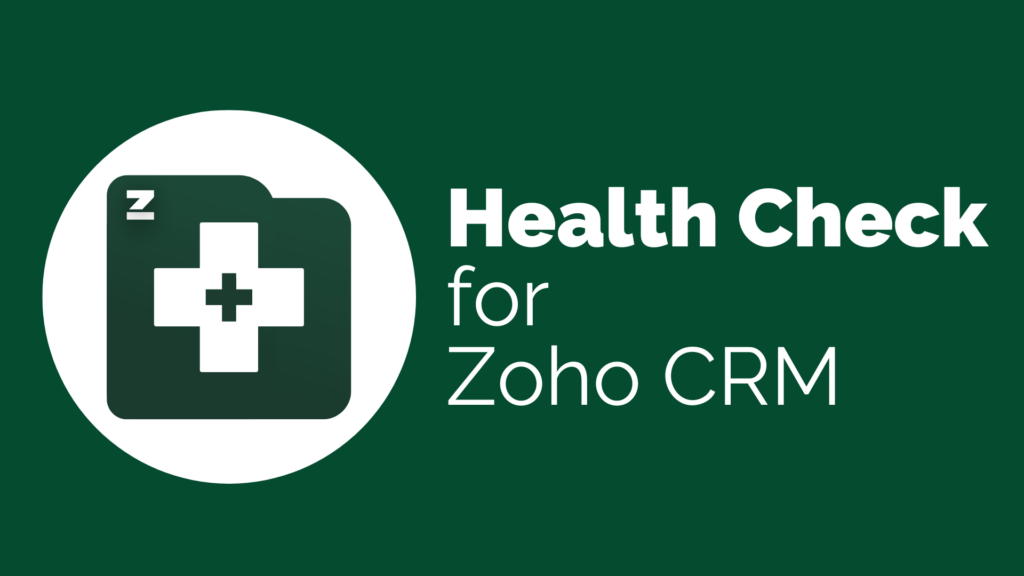Looking to maximize your sales prospects in today’s competitive business environment? Lead scoring plays a crucial role in maximizing the efficiency of your sales team to convert leads effectively. In this article, we will cover some basics of what lead scoring is, a video of how to set it up inside Zoho CRM, review some best practices, and go over the benefits of an effective lead scoring system.
What is Lead Scoring in Zoho CRM?
Lead scoring in Zoho CRM is a strategic method that assigns numerical values to your leads based on a range of factors. The goal is to identify and focus on leads with the highest potential for conversion, streamlining your sales process and improving team efficiency.
Factors to Consider When Creating a Lead Scoring Model in Zoho CRM
Though there isn’t an exact science on how a Lead should be scored, most organizations will use some of the following categories and fields for scoring:
Demographics
One of the most common methods used in lead scoring models. This data often refers to the characteristic of your leads and is also one of the most basic units of measurement. Examples of this include:
- Age
- Gender
- Location
- Job title
- Company size
- Industry
These data points can often be captured from the initial lead intake form and using advanced features within Tag Manager & Analytics.
Behavioral Data
Probably some of the most valuable insights come from this type of data. By measuring a prospect’s interest, preferences, and engagement levels, you can better determine how to prioritize them. Some examples of sources you may want to measure include:
- Website visits
- Content engagement
- Downloading resources
- Blog posts & case studies
- Webinar attendees
- Email interactions
- Event participation
- Social media engagement
By collecting and analyzing this behavioral data, you can better understand your leads’ interests and preferences. Most importantly, this will help you determine their readiness to convert.
Lead Source
Where did the lead originate from? Also, an extremely valuable data set to analyze. This data set, in particular, often takes a bit of fine-tuning and some initial data to review conversion rates. A referral may have a 75% conversion rate, while a Google Ad submission has a 5%. Some encompassing lead sources may include:
- Organic searches
- Paid advertising
- Social media
- Referrals
- Events
- Email marketing
Another great thing to keep track of with lead sources is based on conversion rates, determine what your ROI is from these various sources. This data can be used to fine-tune your marketing strategies and allocate your resources accordingly.
Level of interest or intent
Similar to behavioral data, the level of interest or intent refers to the degree to which a lead demonstrates genuine interest in your product or service and their likelihood of moving forward in the sales process. Some indicators include:
- Downloading gated content
- Contacting sales
- Requesting a demo
- Repeated engagement
- Referrals from an existing customer
- Pricing page interactions
Integrating the right tracking methods for these various behaviors is also important. Tools like SalesIQ, PageSense, Google Tag Manager, and UTM tracking can all play vital roles in capturing these measurements.
Setting Up Your Lead Scoring System in Zoho CRM
Fine-tuning Your Lead Scoring Model in Zoho CRM
Make sure to regularly review your lead scoring model to ensure its effectiveness. Analyze the conversion rates of leads at different scoring levels to determine if adjustments are needed. Continue to update your model based on feedback from your sales team and/or changes in your product offerings.
Some Lead Scoring Best Practices
- Align sales and marketing teams on lead scoring criteria to ensure a consistent approach.
- Combine explicit (demographic) and implicit (behavioral) factors for a comprehensive view of lead quality.
- Continuously monitor and update your lead scoring model to adapt to changes in your business landscape.
- Incorporate negative scoring for factors that may indicate a low likelihood of conversion.
- Automate all of these processes to not only save time but keep the data sets consistent.
- Create Scoring thresholds to help quickly identify hot leads.
Need help implementing a scoring system?
We understand the value of a properly implemented scoring system can have for an organization. Be sure to check out our other resources that can be found across our resource library. And of course, if you need our team to help, we’d be happy to consult and review your system with you and implement a structure that works for your business.










